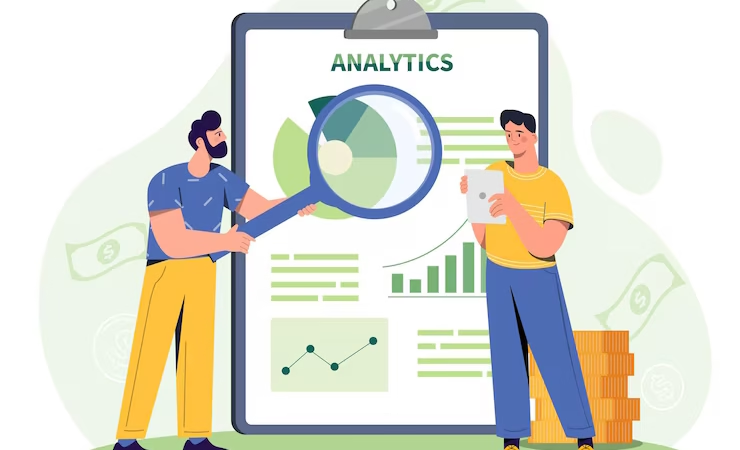A balance sheet is a key financial statement that shows a company’s assets, liabilities, and equity at a specific point in time—usually the end of a fiscal period. It provides a snapshot of financial health and helps investors and creditors assess a company’s ability to meet obligations and grow sustainably.
For instance, a high debt-to-equity ratio may signal financial risk, while a strong cash position and low debt suggest financial stability. The balance sheet is used to evaluate liquidity, solvency, efficiency, and profitability, making it a crucial tool in decision-making and credit assessment.
Why Is a Balance Sheet Important?
The balance sheet is vital because it:
-
Assesses Financial Health – Reveals what the company owns and owes.
-
Evaluates Liquidity – Shows ability to meet short-term obligations.
-
Tracks Financial Trends – Compares changes across periods.
-
Supports Decision-Making – Informs investment and strategy choices.
-
Ensures Compliance – Fulfills legal financial reporting requirements.
Key Components of a Balance Sheet
The balance sheet is based on the equation:
Assets = Liabilities + Equity
It has two main sections:
-
Assets (what the company owns)
-
Liabilities & Equity (what it owes and what’s invested)
Assets
Assets are resources a company uses to operate. They are divided into:
Current Assets (used within a year):
-
Cash & Equivalents – Liquid funds for short-term needs.
-
Marketable Securities – Easily sold investments.
-
Accounts Receivable – Money owed by customers.
-
Inventory – Goods held for sale.
-
Prepaid Expenses – Payments made for future services.
Fixed Assets (long-term use):
-
PP&E – Tangible items like buildings and equipment, recorded at cost minus depreciation.
-
Intangible Assets – Non-physical assets (e.g., patents, trademarks), amortized over time.
Liabilities
Liabilities are debts or obligations, split into:
Current Liabilities (due within a year):
-
Accounts Payable – Payments owed to suppliers.
-
Current Debt – Short-term loans or credit.
-
Portion of Long-Term Debt – Upcoming payments on longer-term loans.
Long-term Liabilities:
-
Long-term Debt – Loans or bonds maturing beyond a year.
-
Deferred Tax Liabilities – Taxes due in the future due to timing differences in accounting.
Shareholders’ Equity
Equity represents ownership value after liabilities. Key components include:
-
Share Capital – Funds raised from issuing shares.
-
Retained Earnings – Profits reinvested in the business.
Equity shows what shareholders would receive if all assets were liquidated and debts paid.
How To Read a Balance Sheet
-
Start with Assets – Review liquidity and fixed investments.
-
Examine Liabilities – Identify short- and long-term obligations.
-
Understand Equity – See what’s been invested or retained.
-
Use Ratios – Analyze solvency and liquidity (e.g., debt-to-equity, current ratio).
-
Compare Over Time – Spot trends or shifts in financial health.
-
Check Footnotes – Get context on values and accounting methods.
-
Consider Industry Norms – Tailor analysis to the company’s sector.
Summary
A balance sheet is essential for understanding a company’s financial position. It shows how resources are financed, helps gauge risk, and supports smarter business and investment decisions.

